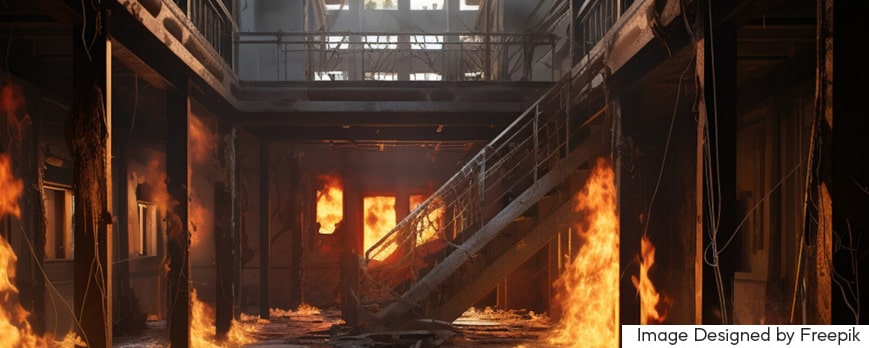Discover everything about safety and health considerations when using fire retardant paints. Learn how to protect yourself and ensure safety in your project.
Fire retardant paints play a crucial role in fire prevention and containment. These paints are designed to slow down the spread of fire, providing valuable additional time for people to evacuate the area and for emergency teams to intervene. Their application is especially critical in structures housing flammable materials or prone to fires, such as commercial buildings, warehouses, and factories.
The use of fire retardant paints can not only save lives but also protect property by reducing fire damage. Additionally, these paints can help comply with fire safety codes and regulations, which are essential for regulatory compliance and the peace of mind of building owners and managers.
Impact on Health and Safety
Handling fire retardant paints poses certain health and safety risks that must be addressed properly. It is essential to understand and mitigate these risks to protect workers’ health and prevent workplace accidents. Some of the most important considerations include:
Health Risks
Direct contact with fire retardant paints can cause skin and eye irritation due to the chemicals present in their composition. Additionally, inhalation of vapors or aerosols during application can cause respiratory irritation and, in severe cases, respiratory problems. It is crucial for workers to use appropriate personal protective equipment, such as gloves, safety goggles, and respirators, to minimize exposure to these risks.
Safe Handling
Safe handling of fire retardant paints includes proper practices for storage, transportation, and application. Paints should be stored in well-ventilated areas, away from heat sources and ignition. During transportation, it is important to ensure that containers are properly sealed to prevent spills and leaks. During application, workers should follow the manufacturer’s instructions and take measures to avoid inhaling vapors and skin contact.
Environmental Impact
In addition to risks to human health, the use of fire retardant paints can also have an impact on the environment if not handled properly. Some paints contain harmful chemicals that can contaminate soil and water if disposed of incorrectly. It is important to follow applicable environmental regulations and adopt responsible waste management practices to minimize this risk.
Safety Considerations in Application
The application of fire retardant paints requires special attention to various safety factors to ensure effective results and protect workers’ health. Some key considerations include:
Surface Preparation
Before applying fire retardant paint, it is crucial to properly prepare the surface to ensure optimal adhesion and lasting results. This may include cleaning the surface to remove dirt, grease, and rust, as well as applying primers or sealers as needed. A clean and prepared surface will provide the best foundation for the application of fire retardant paint.
Application Techniques
Fire retardant paints can be applied using different techniques, such as brushing, spraying, or dipping. The choice of the appropriate technique will depend on the type of surface, the application environment, and the applicator’s preferences. It is important to follow the manufacturer’s instructions and use appropriate application equipment to ensure uniform and complete coverage.
Drying and Curing Time
After application, fire retardant paint should be allowed to dry and cure completely before the surface comes into contact with heat or fire. The drying and curing time may vary depending on environmental conditions and the type of paint used. It is important to follow the manufacturer’s recommendations and avoid exposing the surface to adverse conditions during this critical period.
Inspection and Maintenance
Once the fire retardant paint has been applied, it is important to conduct regular inspections to detect any damage or deterioration. Damaged areas should be repaired immediately to ensure the continued integrity of fire protection. Additionally, it is important to carry out regular maintenance, such as cleaning and repainting as needed, to prolong the life of the fire retardant paint.
Conclusion
Safety and health considerations in the use of fire retardant paints are essential to ensure the proper protection of personnel and the environment. By understanding and addressing these aspects, we can make the most of the benefits of these paints while minimizing associated risks. With safe handling practices, proper preparation, and regular maintenance, we can create safer and more fire-protected environments.

